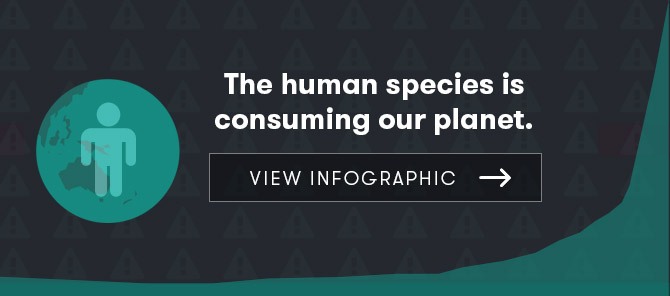Population and environment: a global challenge
Expert reviewers
Essentials
- The world population is growing by approximately 74 million people per year
- Population growth is not evenly distributed across the globe
- Scientists are yet to conclusively determine the human ‘carrying capacity’ of Earth
- Population is only one of many factors influencing the environment
- We have consumed more resources in the last 50 years than the whole of humanity before us
- The 20th century saw the biggest increase in the world’s population in human history
Listen to this topic
Our growing population
We humans are remarkable creatures. From our humble beginnings in small pockets of Africa, we have evolved over millennia to colonise almost every corner of our planet. We are clever, resilient and adaptable―perhaps a little too adaptable.
In 2015 the world population is more than 7.3 billion people. That’s more than seven billion three hundred million bodies that need to be fed, clothed, kept warm and ideally, nurtured and educated. More than 7.3 billion individuals who, while busy consuming resources, are also producing vast quantities of waste, and our numbers continue to grow. The United Nations estimates that the world population will reach 9.2 billion by 2050.
For most of our existence the human population has grown very slowly, kept in check by disease, climate fluctuations and other social factors. It took until 1804 for us to reach 1 billion people. Since then, continuing improvements in nutrition, medicine and technology have seen our population increase rapidly.
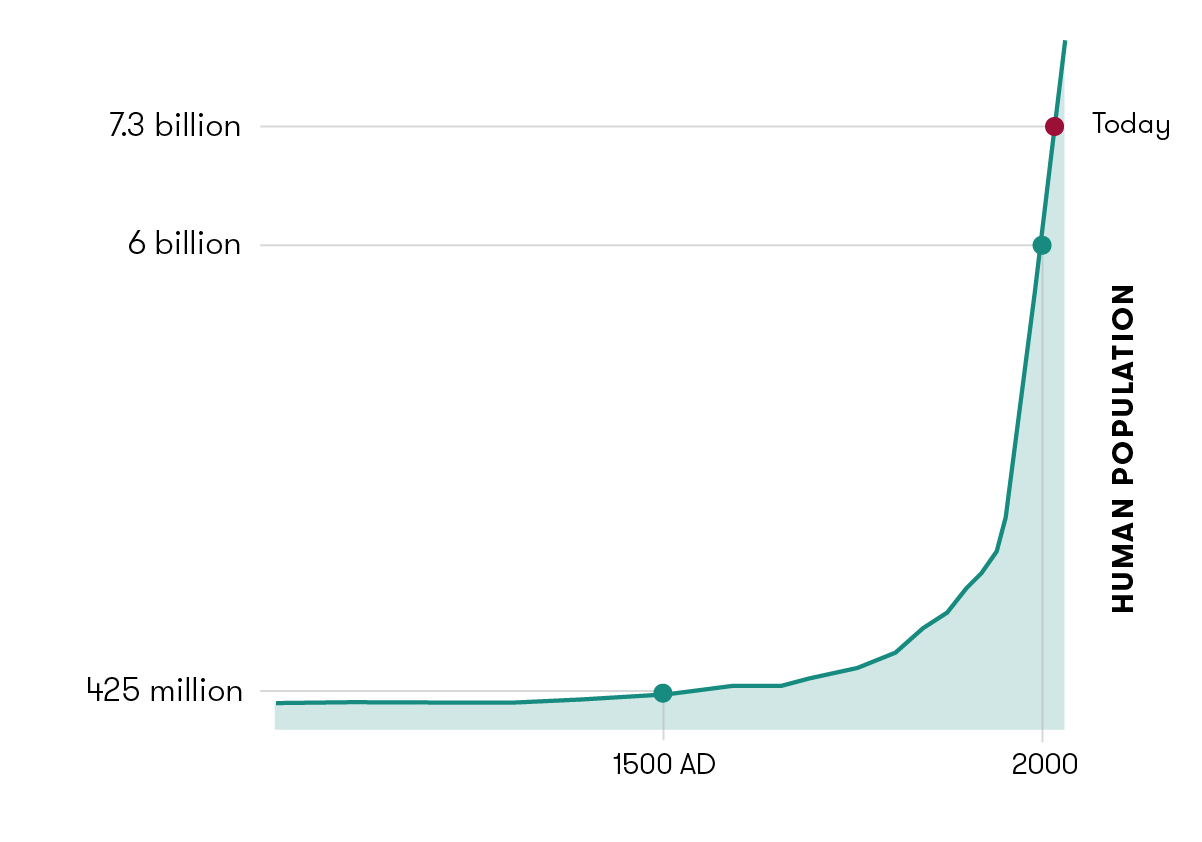
The impact of so many humans on the environment takes two major forms:
- consumption of resources such as land, food, water, air, fossil fuels and minerals
- waste products as a result of consumption such as air and water pollutants, toxic materials and greenhouse gases
More than just numbers
Many people worry that unchecked population growth will eventually cause an environmental catastrophe. This is an understandable fear, and a quick look at the circumstantial evidence certainly shows that as our population has increased, the health of our environment has decreased. The impact of so many people on the planet has resulted in some scientists coining a new term to describe our time—the Anthropocene epoch. Unlike previous geological epochs, where various geological and climate processes defined the time periods, the proposed Anthropecene period is named for the dominant influence humans and their activities are having on the environment. In essence, humans are a new global geophysical force.

However, while population size is part of the problem, the issue is bigger and more complex than just counting bodies.
There are many factors at play. Essentially, it is what is happening within those populations—their distribution (density, migration patterns and urbanisation), their composition (age, sex and income levels) and, most importantly, their consumption patterns—that are of equal, if not more importance, than just numbers.
Focusing solely on population number obscures the multifaceted relationship between us humans and our environment, and makes it easier for us to lay the blame at the feet of others, such as those in developing countries, rather than looking at how our own behaviour may be negatively affecting the planet.
Let’s take a closer look at the issues.
Population size
It's no surprise that as the world population continues to grow, the limits of essential global resources such as potable water, fertile land, forests and fisheries are becoming more obvious. You don’t have to be a maths whizz to work out that, on the whole, more people use more resources and create more waste.
But how many people is too many? How many of us can Earth realistically support?
Influenced by the work of Thomas Malthus, ' carrying capacity GLOSSARY carrying capacityThe maximum number of individuals of a species that can be supported in an area. Carrying capacity is usually limited by components of the environment (e.g. food, habitat, resources). ' can be defined as the maximum population size an environment can sustain indefinitely.
Debate about the actual human carrying capacity of Earth dates back hundreds of years. The range of estimates is enormous, fluctuating from 500 million people to more than one trillion. Scientists disagree not only on the final number, but more importantly about the best and most accurate way of determining that number—hence the huge variability.
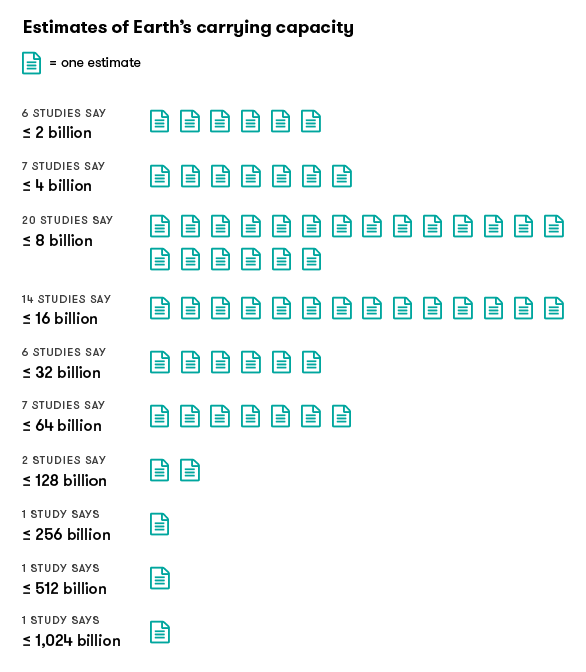
How can this be? Whether we have 500 million people or one trillion, we still have only one planet, which has a finite level of resources. The answer comes back to resource consumption. People around the world consume resources differently and unevenly. An average middle-class American consumes 3.3 times the subsistence level GLOSSARY subsistence levelA standard of living (or wage) that provides only the bare necessities of life. of food and almost 250 times the subsistence level of clean water. So if everyone on Earth lived like a middle class American, then the planet might have a carrying capacity of around 2 billion. However, if people only consumed what they actually needed, then the Earth could potentially support a much higher figure.
But we need to consider not just quantity but also quality—Earth might be able to theoretically support over one trillion people, but what would their quality of life be like? Would they be scraping by on the bare minimum of allocated resources, or would they have the opportunity to lead an enjoyable and full life?
More importantly, could these trillion people cooperate on the scale required, or might some groups seek to use a disproportionate fraction of resources? If so, might other groups challenge that inequality, including through the use of violence?
These are questions that are yet to be answered.
Population distribution
The ways in which populations are spread across Earth has an effect on the environment. Developing countries tend to have higher birth rates due to poverty and lower access to family planning and education, while developed countries have lower birth rates. In 2015, 80 per cent of the world’s population live in less-developed nations. These faster-growing populations can add pressure to local environments.
Globally, in almost every country, humans are also becoming more urbanised. In 1960 less than one third of the world’s population lived in cities. By 2014, that figure was 54 per cent, with a projected rise to 66 per cent by 2050.
While many enthusiasts for centralisation and urbanisation argue this allows for resources to be used more efficiently, in developing countries this mass movement of people heading towards the cities in search of employment and opportunity often outstrips the pace of development, leading to slums, poor (if any) environmental regulation, and higher levels of centralised pollution. Even in developed nations, more people are moving to the cities than ever before. The pressure placed on growing cities and their resources such as water, energy and food due to continuing growth includes pollution from additional cars, heaters and other modern luxuries, which can cause a range of localised environmental problems.
Humans have always moved around the world. However, government policies, conflict or environmental crises can enhance these migrations, often causing short or long-term environmental damage. For example, since 2011 conditions in the Middle East have seen population transfer (also known as unplanned migration) result in several million refugees fleeing countries including Syria, Iraq and Afghanistan. The sudden development of often huge refugee camps can affect water supplies, cause land damage (such as felling of trees for fuel) or pollute environments (lack of sewerage systems).
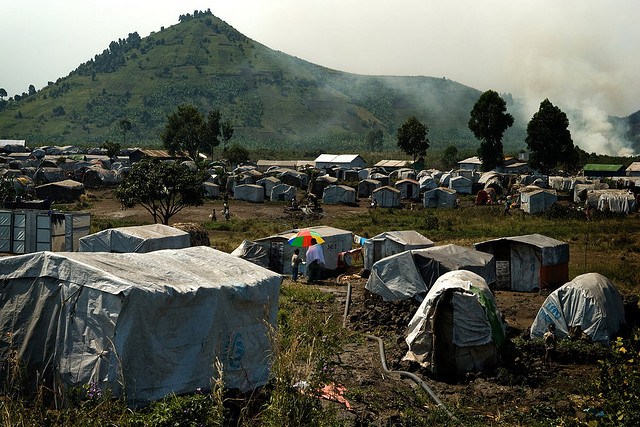
Population composition
The composition of a population can also affect the surrounding environment. At present, the global population has both the largest proportion of young people (under 24) and the largest percentage of elderly people in history. As young people are more likely to migrate, this leads to intensified urban environmental concerns, as listed above.
Life expectancy has increased by approximately 20 years since 1960. While this is a triumph for mankind, and certainly a good thing for the individual, from the planet's point of view it is just another body that is continuing to consume resources and produce waste for around 40 per cent longer than in the past.
Ageing populations are another element to the multi-faceted implications of demographic population change, and pose challenges of their own. For example between 1970 and 2006, Japan's proportion of people over 65 grew from 7 per cent to more than 20 per cent of its population. This has huge implications on the workforce, as well as government spending on pensions and health care.

Population income is also an important consideration. The uneven distribution of income results in pressure on the environment from both the lowest and highest income levels. In order to simply survive, many of the world’s poorest people partake in unsustainable levels of resource use, for example burning rubbish, tyres or plastics for fuel. They may also be forced to deplete scarce natural resources, such as forests or animal populations, to feed their families. On the other end of the spectrum, those with the highest incomes consume disproportionately large levels of resources through the cars they drive, the homes they live in and the lifestyle choices they make.
On a country-wide level, economic development and environmental damage are also linked. The least developed nations tend to have lower levels of industrial activity, resulting in lower levels of environmental damage. The most developed countries have found ways of improving technology and energy efficiency to reduce their environmental impact while retaining high levels of production. It is the countries in between—those that are developing and experiencing intense resource consumption (which may be driven by demand from developed countries)—that are often the location of the most environmental damage.
Population consumption
While poverty and environmental degradation are closely interrelated, it is the unsustainable patterns of consumption and production, primarily in developed nations, that are of even greater concern.
It’s not often that those in developed countries stop and consider our own levels of consumption. For many, particularly in industrialised countries, the consumption of goods and resources is just a part of our lives and culture, promoted not only by advertisers but also by governments wanting to continually grow their economy. Culturally, it is considered a normal part of life to shop, buy and consume, to continually strive to own a bigger home or a faster car, all frequently promoted as signs of success. It may be fine to participate in consumer culture and to value material possessions, but in excess it is harming both the planet and our emotional wellbeing.

The environmental impact of all this consumption is huge. The mass production of goods, many of them unnecessary for a comfortable life, is using large amounts of energy, creating excess pollution, and generating huge amounts of waste.
To complicate matters, environmental impacts of high levels of consumption are not confined to the local area or even country. For example, the use of fossil fuels for energy (to drive our bigger cars, heat and cool our bigger houses) has an impact on global CO2 levels and resulting environmental effects. Similarly, richer countries are also able to rely on resource and/or waste-intensive imports being produced in poorer countries. This enables them to enjoy the products without having to deal with the immediate impacts of the factories or pollution that went in to creating them.
On a global scale, not all humans are equally responsible for environmental harm. Consumption patterns and resource use are very high in some parts of the world, while in others—often in countries with far more people—they are low, and the basic needs of whole populations are not being met. A study undertaken in 2009 showed that the countries with the fastest population growth also had the slowest increases in carbon emissions. The reverse was also true—for example the population of North America grew only 4 per cent between 1980 and 2005, while its carbon emissions grew by 14 per cent.
Individuals living in developed countries have, in general, a much bigger ecological footprint GLOSSARY ecological footprintThe impact of a person or community on the environment, expressed as the amount of land required to sustain their use of natural resources. than those living in the developing world. The ecological footprint is a standardised measure of how much productive land and water is needed to produce the resources that are consumed, and to absorb the wastes produced by a person or group of people.
Today humanity uses the equivalent of 1.5 planets to provide the resources we use and absorb our waste. This means it now takes the Earth one year and six months to regenerate what we use in a year.Global Footprint Network

When Australian consumption is viewed from a global perspective, we leave an exceptionally large 'ecological footprint'—one of the largest in the world. While the average global footprint is 2.7 global hectares, in 2014 Australia's ecological footprint was calculated at 6.7 global hectares per person (this large number is mostly due to our carbon emissions). To put this in perspective, if the rest of world lived like we do in Australia, we would need the equivalent of 3.6 Earths to meet the demand.
Similarly, an American has an ecological footprint almost 9 times larger than an Indian—so while the population of India far exceeds that of the United States, in terms of environmental damage, it is the American consumption of resources that is causing the higher level of damage to the planet.
What is the solution?
How do we solve the delicate problem of population growth and environmental limitations? Joel Cohen, a mathematician and author characterised potential solutions in the following way:
1. A bigger pie: Technical innovation
This theory looks to innovation and technology as Earth’s saviour, not only to extend the planet’s human carrying capacity, but to also improve the quality of life for each individual. Advances in food production technologies such as agriculture, water purification and genetic engineering may help to feed the masses, while moving away from fossil fuels to renewable power sources such as wind and solar will go some way to reducing climate change.
‘Economic decoupling’ refers to the ability of an economy to grow without corresponding increases in environmental pressure. In 2014 the United Nations Environment Programme (UNEP) released a report titled 'Decoupling 2', which explored the possibilities and opportunities of technology and innovation to accelerate decoupling, and an analysis of how far technical innovation can go.
Funding and research should be a high priority in these areas, but we must accept that technology can only do so much, and is only part of the solution.
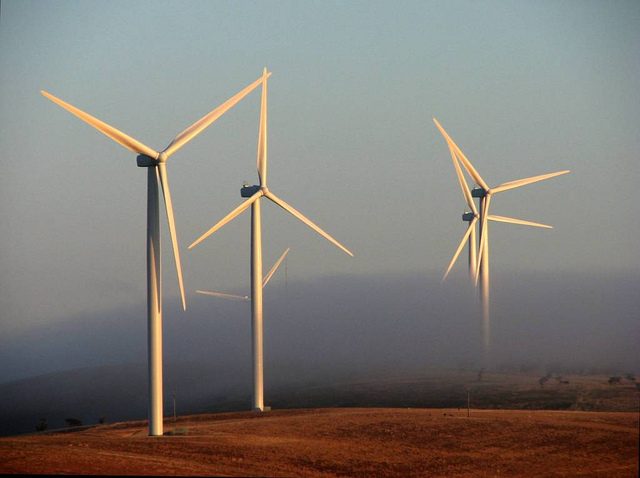
2. Fewer forks: Education and policy change
This theory is based on demographic transition, effectively finding ways to slow or stop population growth resulting in fewer people fighting for resources or ‘slices’ of pie.
Birth rates naturally decline when populations are given access to sexual and reproductive healthcare, education for boys and girls beyond the primary level is encouraged and made available, and women are empowered to participate in social and political life. Continuing to support programs and policies in these areas should see a corresponding drop in birth rates. Similarly, as the incomes of individuals in developing countries increase, there is a corresponding decrease in birth rates. This is another incentive for richer countries to help their poorer neighbours reach their development potential.
Providing a health, educational or financial incentive has also proven to be effective in combating some population issues. For example, paying money to people with two or fewer children or allowing free education for families with a single child has been trialled with some success. However, there are debates about incentive programs (such as paying women in India to undergo sterilisation). Opponents question whether accepting these incentives is really is a choice, or whether the recipient has been coerced into it through community pressure or financial desperation.

Fewer forks can also cover another complicated area—the option of seriously controlling population growth by force. China has done so in the past and attracted both high praise and severe humanitarian criticism. This is a morally-, economically- and politically-charged topic, to which there is no easy answer.
3. Better manners: Less is more
The better manners approach seeks to educate people about their actions and the consequences of those actions, leading to a change in behaviour. This relates not only to individuals but also governments. Individuals across the world, but particularly in developed countries, need to reassess their consumption patterns. Numerous studies have shown that more ‘stuff’ doesn't make people happier anyway. We need to step back and re-examine what is important and actively find ways to reduce the amount of resources we consume. Taking shorter showers, saying no to single-use plastics, buying less, recycling our waste and reviewing our mode and frequency of travel may seem trivial, but if millions around the world begin to do it as well, the difference will begin to add up.

Governments too need to instigate shifts in environmental policy to protect and enhance natural areas, reduce CO2 and other greenhouse gas emissions, invest in renewable energy sources and focus on conservation as priorities.
Developing countries should be supported by their more developed neighbours to reach their development goals in sustainable, practical ways.
In reality, there is no single, easy solution. All three options must be part of a sustainable future.
Where to from here?
Population is an issue that cannot be ignored. While we can all do our bit to reduce our own global footprint, the combined impact of billions of other footprints will continue to add up. There are many who believe that if we do not find ways of limiting the numbers of people on Earth ourselves, then Earth itself will eventually find ways of doing it for us.
Interestingly, despite population increase being such a serious issue, the United Nations has held only three world conferences on population and development (in 1945, 1974 and 1994).
However, governments around the world are beginning to recognise the seriousness and importance of the situation, and are taking steps to reduce the environmental impacts of increasing populations and consumption such as through pollution reduction targets for air, soil and water pollutants. The United Nations Climate Change Conference in Paris, scheduled for December 2015, is one example; however any international policies need to be backed up by workable solutions at the individual, local and regional level.
Conclusion
With more than 7.3 billion people on the planet, it’s easy to assume someone else will tackle and solve the issue of population and environment. Yet it is an issue that affects us all, and as such we’re all responsible for working towards a sustainable future in which everyone is able to enjoy a good quality of life without destroying the very things we rely on to survive. It’s possible, but it will take the combined and coordinated efforts of individuals, communities, and governments to get there.






